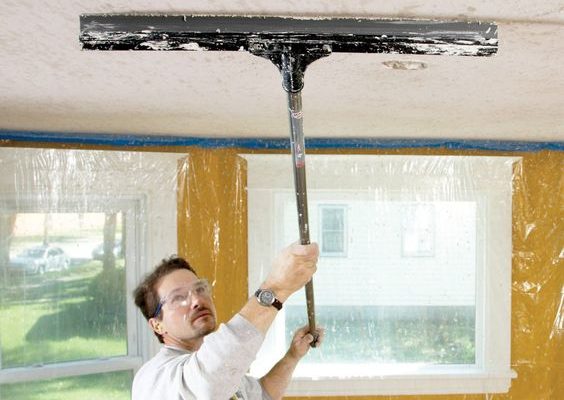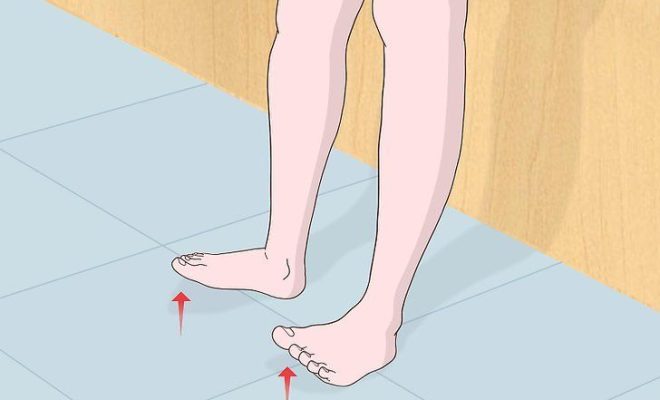How to Knock Down a Wall

Introduction
Knocking down a wall can greatly transform your living space, creating an open-concept floor plan and enhancing the flow of your home. However, this process comes with potential hazards and challenges. This article will guide you on how to knock down a wall safely and effectively.
1. Identify the Type of Wall
First and foremost, determine whether the wall is load-bearing or non-load-bearing. Load-bearing walls provide structural support for your home, redistributing weight from the roof and upper floors to the foundation. Removing them without proper precautions can lead to serious issues, including structural damage or even collapse. Non-load-bearing (partition) walls merely separate rooms and can be more easily removed.
Consult a structural engineer or an experienced contractor if you’re unsure about the wall’s status.
2. Turn Off Utilities
Shutting off utilities is crucial before beginning any demolition work. Locate and shut off electrical circuits, water lines, and gas pipes that may run through the wall. Consider hiring a professional electrician or plumber for assistance if needed.
3. Work on Permits and Building Regulations
Before proceeding further, ensure that your renovation plans comply with local building codes. Obtain any necessary permits to avoid potential fines or penalties.
4. Prepare the Area
Clear out all furniture, appliances, and personal belongings from the room to create enough space for work. Protect your floors by laying down plywood sheets or heavy drop cloths.
5. Remove Mouldings and Trim
Remove baseboards, crown moulding, and any door or window trim surrounding the affected wall using a pry bar or claw hammer. Carefully loosen them to minimize damage in case you wish to reuse the materials.
6. Cut Out Drywall Sections
Outline sections of drywall using a straight edge and utility knife. Avoid cutting too deep into joists or studs. Use a hammer or sawzall to create a starter hole, then follow the knife lines to remove sections of the drywall. Keep in mind that larger pieces may be cumbersome to handle, so you may want to cut smaller sections for easier removal.
7. Remove Insulation and Interior Obstructions
Once the drywall is removed, safely dispose of any debris left behind. Remove insulation from within the wall, carefully pulling it out to avoid tearing or scattering fiberglass particles in the air. Wear protective gear such as gloves, a mask, and safety goggles.
8. Remove Studs and Wall Components
With a reciprocating saw or a hand saw, begin cutting through the studs along with any nails or screws connecting them to adjacent studs. This will often require working between two existing studs on either side of the section being removed.
9. Finish the Job
Once all components have been removed, clean up debris and fix any damage to adjoining walls or surfaces. Install a header if you removed a load-bearing wall, as advised by your structural engineer. Finally, finish your project by patching drywall, painting, and reinstalling trimwork as needed.
Conclusion
Knocking down a wall demands careful planning and execution but can vastly improve your home’s functionality and aesthetic appeal. By following these steps and consulting professionals when needed, you’ll be well on your way to enjoying an updated living space.






